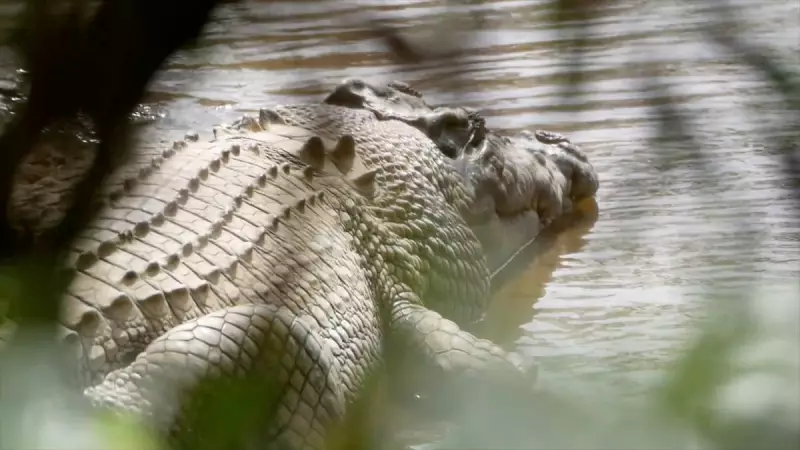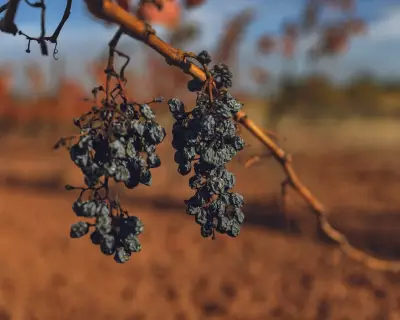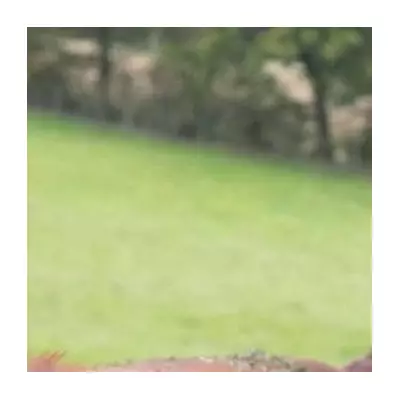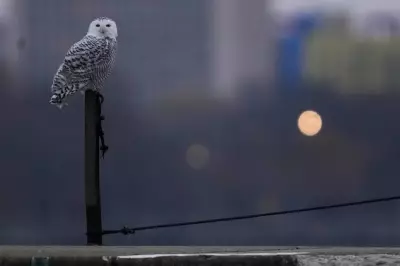
In a controversial move that has sparked outrage among traditional owners, Queensland wildlife authorities have removed a significant crocodile from the Rinyirru (Lakefield) National Park on Cape York Peninsula. The Rinyirru Aboriginal Corporation has labelled the operation a "wrongful arrest" of an animal they consider part of their cultural landscape.
The Disappearance of a Cultural Landmark
The 4.2-metre saltwater crocodile, known for its predictable behaviour and regular appearances at a popular waterhole, vanished last month after Queensland's Department of Environment, Science and Innovation (DESI) received reports of a "problem crocodile." Traditional owners say the animal was wrongly identified and had coexisted peacefully with visitors for years.
Traditional Owners Speak Out
Rinyirru Aboriginal Corporation chairperson Mary-Anne Porta expressed deep frustration at not being consulted about the removal. "This crocodile wasn't a problem animal," she stated. "It was part of the landscape, part of our story here. They've taken something that doesn't belong to them."
The corporation argues the crocodile's predictable behaviour made it a highlight for tourists visiting the remote national park, located approximately 550 kilometres north-west of Cairns. Rather than posing a threat, they say the animal had become something of a local attraction.
Government Defends Removal
DESI has defended its actions, stating the crocodile was removed after displaying "dangerous behaviour" near a campsite. A department spokesperson confirmed the animal was relocated to a crocodile farm or zoo under Queensland's crocodile management program.
However, traditional owners dispute this characterisation, noting the crocodile had shown no signs of aggression and its removal has damaged both tourism prospects and cultural connection to country.
Broader Implications for Wildlife Management
This incident highlights ongoing tensions between government wildlife management practices and Indigenous land management approaches. The Rinyirru Aboriginal Corporation manages nearly 80% of the national park through a joint management arrangement and argues they should have been central to any decision about removing significant animals from their country.
The corporation is now seeking answers about the crocodile's current location and wellbeing, while calling for greater respect for Indigenous knowledge in future wildlife management decisions.





